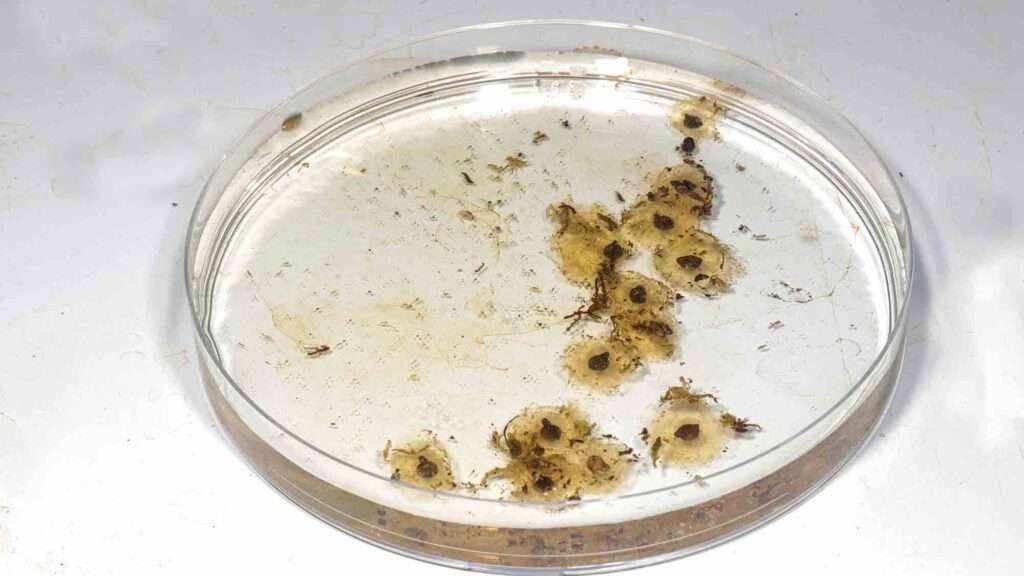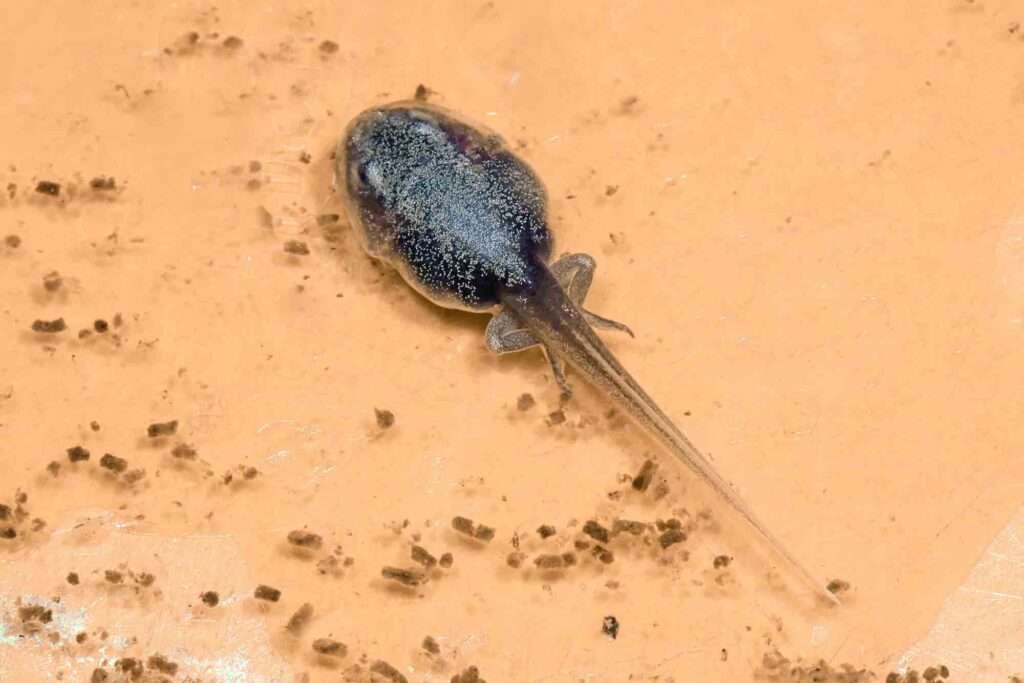A Swiss zoo has successfully bred the most poisonous animal on the planet, a yellow frog that is native to the Colombian rainforest.
Experts at Zurich Zoo, in Switzerland, were thrilled to welcome golden poison frog offspring, which they successfully developed for nearly four months under controlled conditions since October 2022.
They said that the new individuals have hatched from more than 100 eggs as of Wednesday, 15th February.
Also dubbed the golden dart frog or golden poison arrow frog (Phyllobates terribilis), the
endangered species is known for its poison – batrachotoxin – which individuals synthethise by eating small insects or other arthropods.
Sources claimed that its toxin in the amount equivalent to just two grains of salt is enough to kill a person within less than 10 minutes, with no cure being found up to date.
The poison reportedly permanently prevents nerves from transmitting impulses, which leads to heart failure.
Due to its properties, the toxin was also used by indigenous cultures such as the Embera and Cofan people in Colombia’s rainforest, to hunt their food.
But frogs kept in captivity are considered non-poisonous as they lose their toxicity due to feeding predominantly on commercially available feeder insects.

Reports claimed that their endangered conservation status comes from habitat destruction of their habitat within its already limited range.
Thus the breeding accomplishment was a part of a new conservation project at Zurich Zoo, aiming to protect the species from going extinct.
Following the breeding success, Zurich Zoo officials revealed more about the frog’s reproduction process and said in a statement obtained by Newsflash: “The way golden poison frogs take care of their offspring differs from other amphibians.
“After the eggs hatch, in many species and same as the golden poison frogs, the male carries the tadpoles to a place permanently filled with water. In some species, brood care goes even further.

“This is also the case with the Strawberry poison-dart frog in Zurich Zoo: the male guards the clutch laid on a bromeliad leaf and keeps it moist until it hatches.
“Then the female usually carries each tadpole individually into a bromeliad hopper filled with water.
“For the next few weeks, the female comes by every few days and feeds the tadpoles unfertilised eggs.”
The zoo added: “There are currently young frogs in various developmental stages at Zurich Zoo, from eggs, to tadpoles, to adult frogs.”

To find out more about the author, editor or agency that supplied this story – please click below.
Story By: Georgina Jadikovska, Sub-Editor: Joseph Golder, Agency: Newsflash
The Ananova page is created by and dedicated to professional, independent freelance journalists. It is a place for us to showcase our work. When our news is sold to our media partners, we will include the link here.




